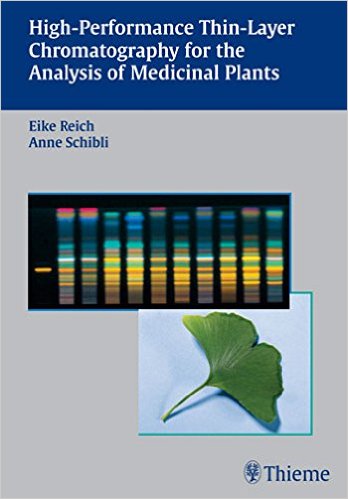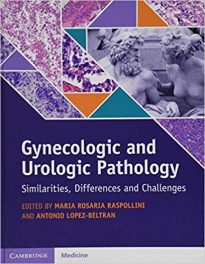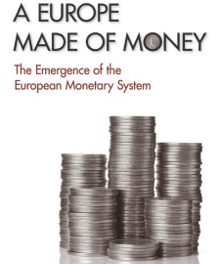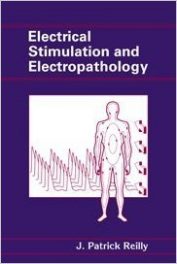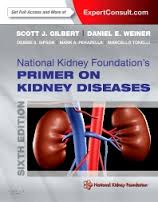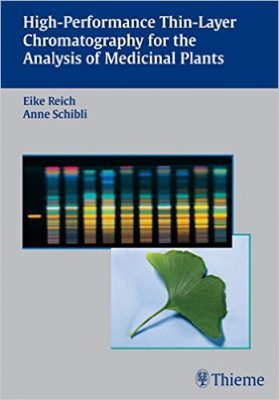 Authors: Eike Reich, PhD; and Anne Schibli, M. Pharm
Authors: Eike Reich, PhD; and Anne Schibli, M. Pharm
Publisher: Thieme – 264 pages
Book Review by: Deekay Daulat
In today’s world more and more people trying to improve their health or concerned about a particular health issue have started consuming products that were rare in the past. Some of these are: Ayurvedic drugs, dietary supplements, herbal products (herbal drugs, herbal medicinal products or HMPs, and natural health products or NHPs), neutraceuticals, traditional Chinese medicine or TCMs, and other types of alternative medicines.
You may be a consumer or you may be in one of the categories of people we list below. When you buy some of these products, do you ask yourself:
- Am I paying for a high-quality material, but getting a cheap adulterant?
- Is this raw material worth its price?
- Does this product comply with what it claims on the label?
- Has the composition of this product changed after being on the shelf more than a year?
If you ask yourself such questions, then this is the book for you. It provides you the technical and theoretical information needed to perform reliable and reproducible high-performance thin-layer chromatography (HPTLC) to establish the purity, quality, and stability of raw materials, extracts and finished botanical products. This book has also been written for use by:
- Analysts
- Quality assurance professionals
- Regulators seeking a comprehensive text on how to use HPTLC to determine whether botanicals comply with current good manufacturing practices
- Students in these and related subjects:
- Analytical chemistry
- Pharmaceutical biology
- Pharmacognosy
- Phytopharmacy
This book provides you a complete overview of the techniques and common applications of HPTLC in herbal analysis. The authors have developed this concise work of six chapters named below that provides important fundamental information. We list them below to give you an overview:
- Introduction
- Theoretical Concepts
- Practical Aspects of Modern Thin-Layer Chromatography
- Typical Applications in Herbal Analysis
- Method Development
- Validation
In addition to the six chapters, the book provides reference information – so important in science – in these sections: a list of abbreviations, glossary of TLC terms, appendices, and an index.
Some the important features of this book are:
- Practical examples provided by renowned experts to help you gain a firm understanding of HPTLC methodology
- Over 300 full-color illustrations and comprehension of complex concepts
- Easy-to-reference text boxes that provide summaries of key information – ideal for rapid review.
- Discussion of the development and validation of new HPTLC methods
The authors address many issues on the use of the types of products we’ve mentioned above. Among them are economic value, regulatory compliance, and safety concerns. They also provide valuable technical information on HPTLC, including numerous full-color illustrations in charts, photos of testing instruments and equipment, and tables providing critical data.
This is an excellent book on an increasingly important aspect of our lives today.
Authors:
Eike Reich, PhD is Head of Laboratory, CAMAG, in Muttenz, Switzerland
Anne Schibli, M. Pharm is Assistance Head of Quality Control at SwissCo Services in Sissein, Switzerland, and former colleague of Eike Reich.

